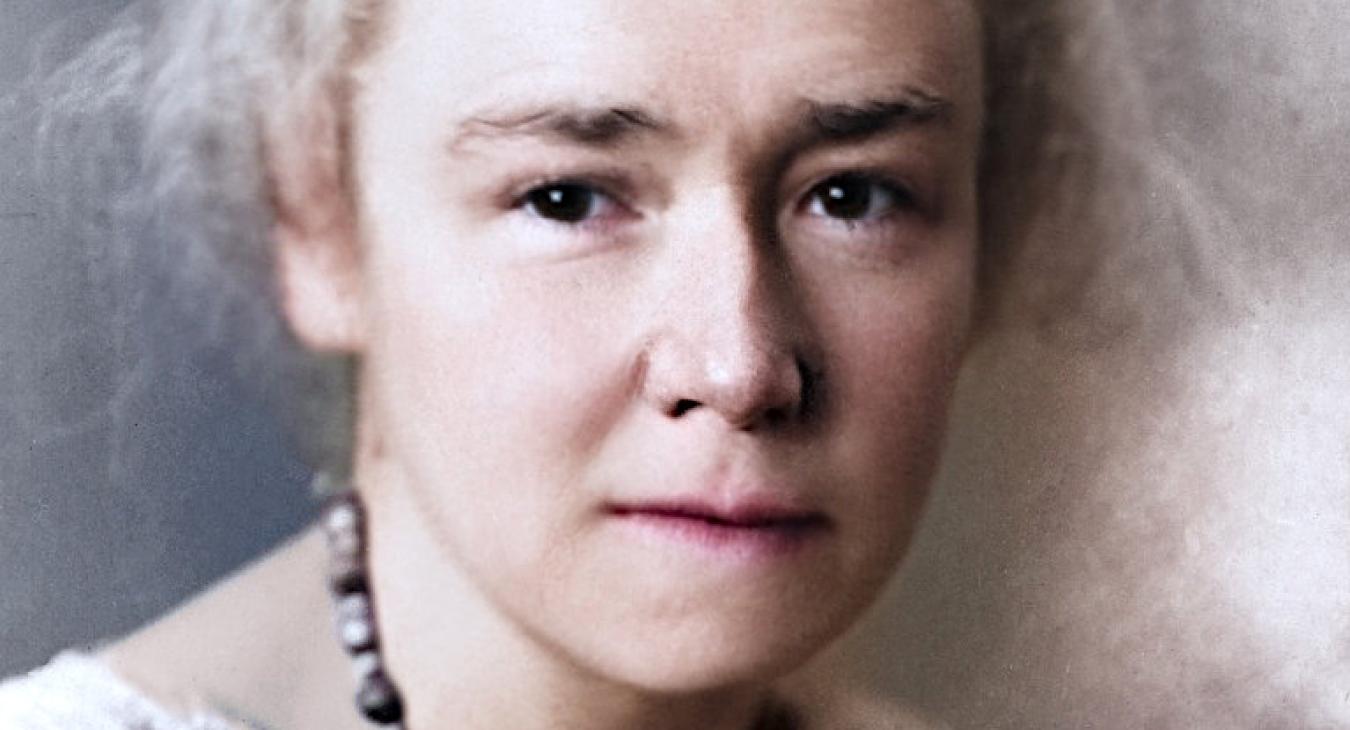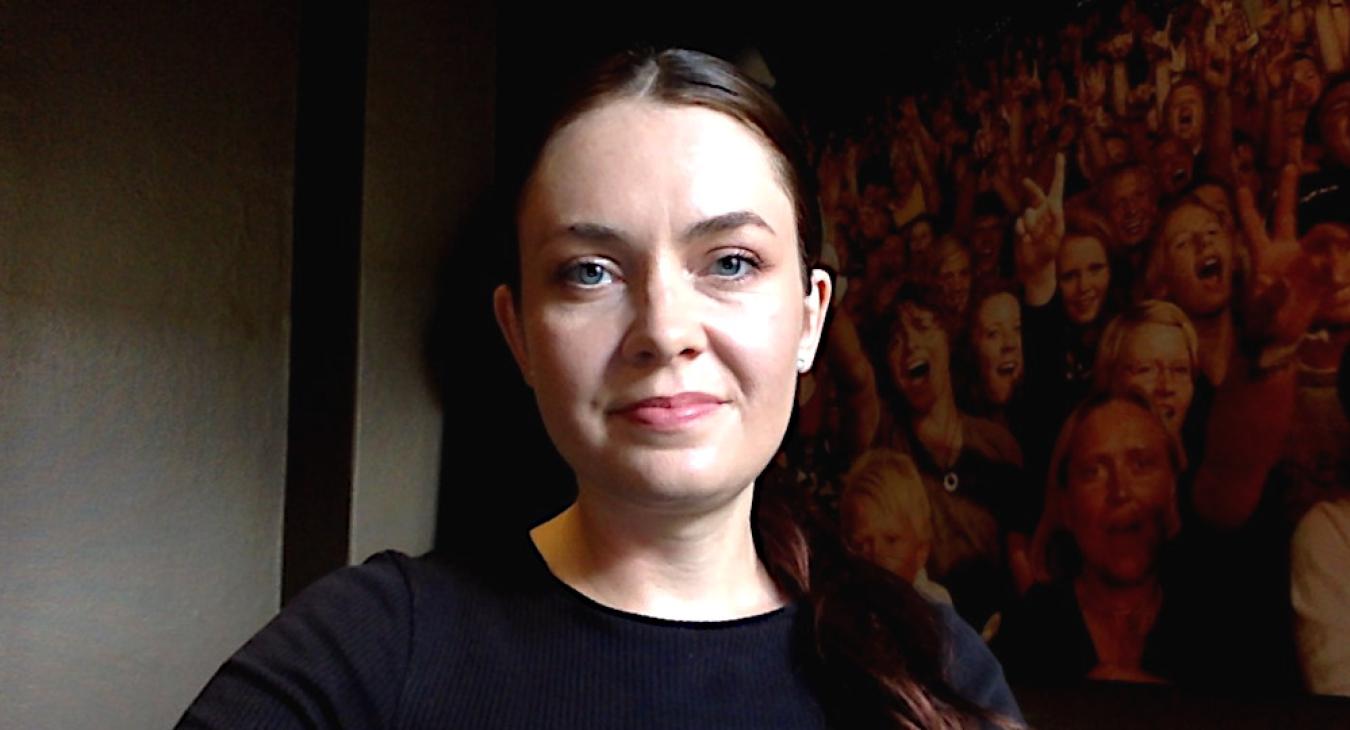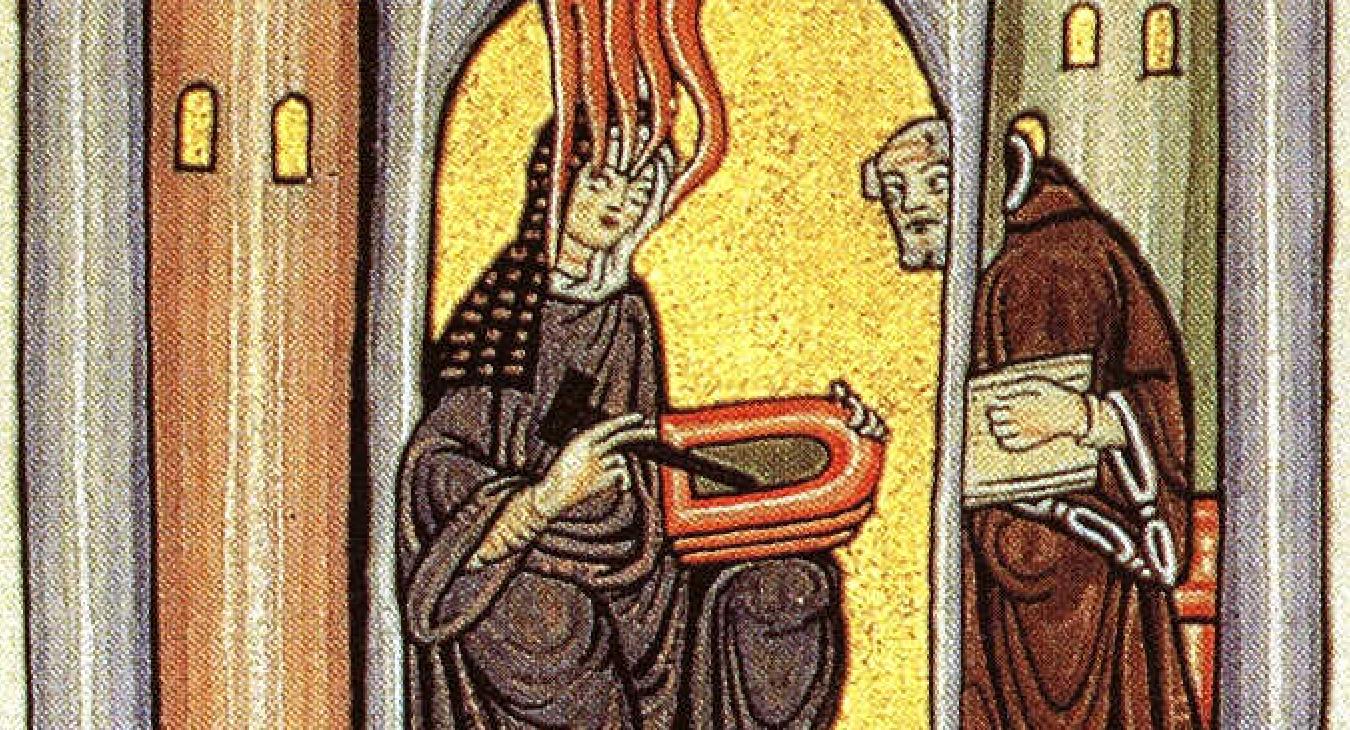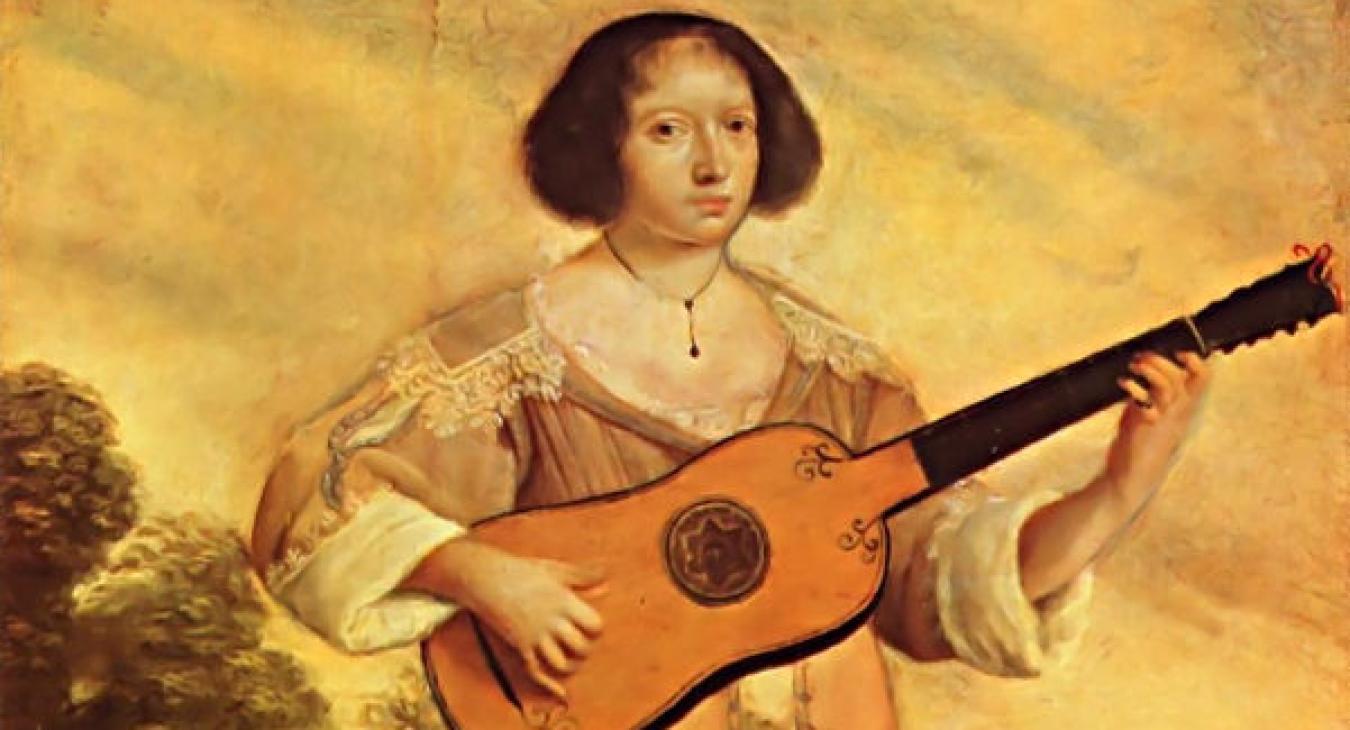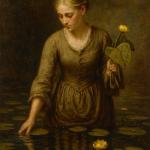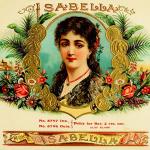We have learned that the few women who, throughout history, insisted on composing, never gained a foothold in a male-dominated music world. This is often cited as the reason for the scarcity of compositions by women. But is that really the whole truth?
Women's Footprints in Music
Many of us have grown up with the belief that the music geniuses throughout history are men. As a result, it might seem natural that the standard classical repertoire mainly consists of works composed by men. We've also learned that the few women throughout history who insisted on composing never got a foothold in a male-dominated music world. This is the common explanation for why we seldom hear classical pieces composed by women.
However, this belief is not completely consistent with the truth; if we dig deeper into music history, from the Middle Ages to the present day, we find a large number of women who were indeed recognized as composers in their own times.
So, what went wrong? What leads us in 2024 to a situation where insisting on gender quotas in a modern concert repertoire becomes necessary? And is a patriarchal approach to culture management indeed the entire explanation?
In an effort to shed light on this question, Ballhaus, in collaboration with the Danish ensemble Via Artis Konsort, has produced the concert program Via Artis – Via Feminae. The program leads the audience on a musical journey through history, highlighting the significant musical imprint left by numerous women in their own times and for posterity. It includes compositions by Medieval figures such as Hildegard von Bingen and Clara d'Anduza, and spans to the 20th century with lesser-known composers like Danish Tekla Griebel-Wandall and German Johanna Senfter. The compositions by these brilliant women composers, while perhaps lesser-known to most contemporary concert-goers, are beautiful works that proved their value in their own time.
These compositions are presented within the historical and social context of their time by means of anecdotes and era-specific vignettes in the form of poems and letters, written to and by the composers themselves.

